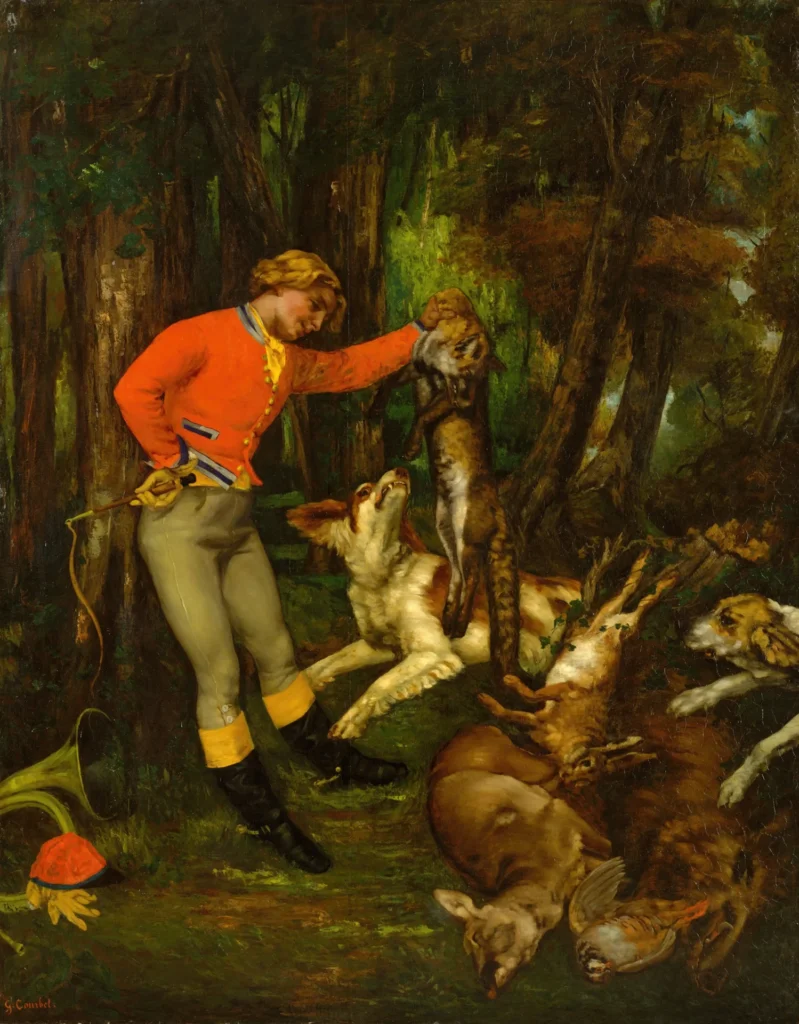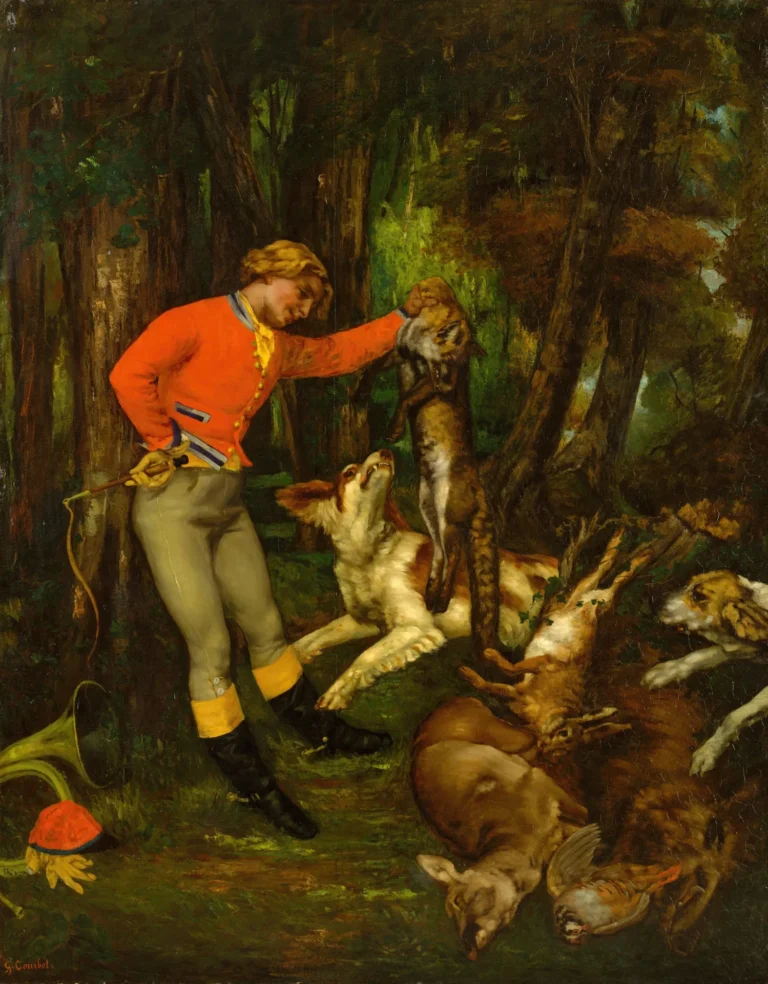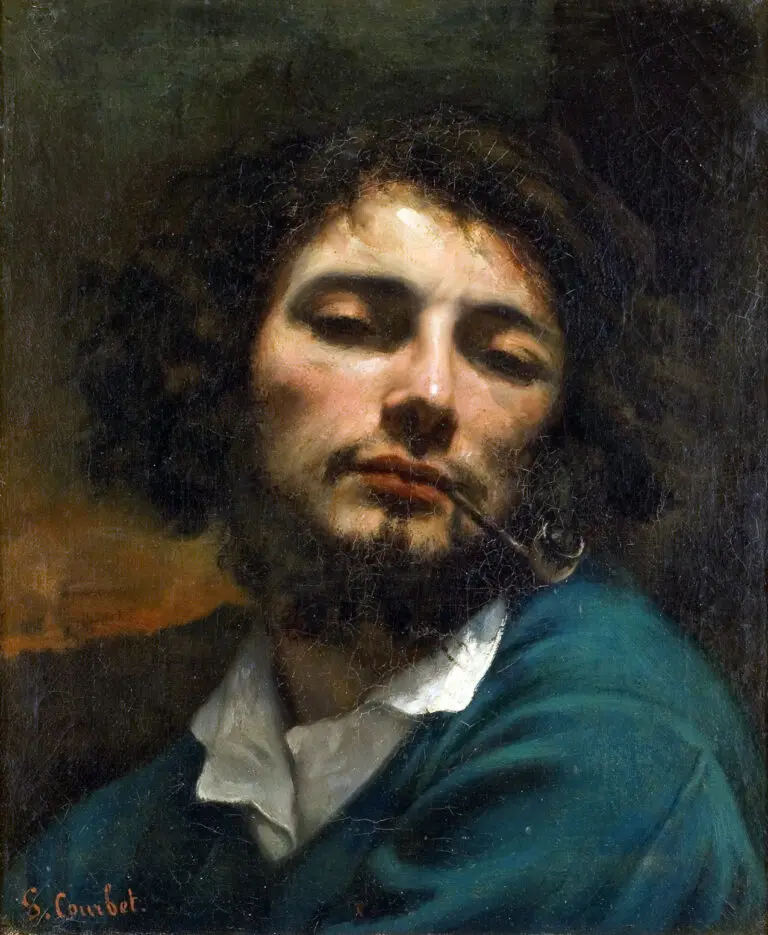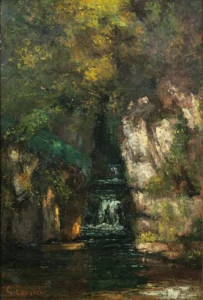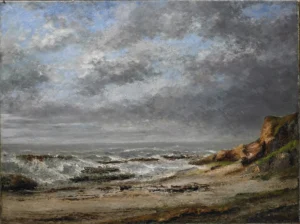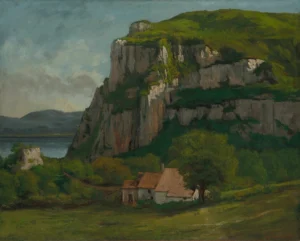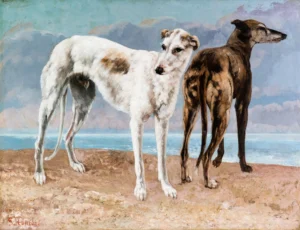After the Hunt (1859)
Created by the renowned French artist Gustave Courbet in 1859, After the Hunt is a striking realist oil on canvas that illustrates a scene immediately following a successful hunt. The composition presents a hunt master overseeing an array of slain game, including a wild boar, deer, partridge, and hare, alongside a liveried servant. This artwork is a prime example of Courbet's dedication to realism, illustrating the unembellished truth of rural life while deftly avoiding romanticism. With its bold execution and rich detail, this piece articulates the reality of human interaction with nature, emphasizing the cycle of life and death.
Year 1859
About the Artwork
After the Hunt serves as a reflection of Gustave Courbet's philosophy towards art and life, rooted in realism. In an era where romanticism often idealized hunter and nature themes, Courbet took a different approach, showcasing the aftermath of a hunt with frankness and authenticity. This painting encapsulates the rawness of reality, depicting not only the sport of the hunt but also the grim realities that accompany it. Standing over the game, the hunt master represents mankind's dominion over nature, while the presence of the servant hints at the societal hierarchies that play out within these rural settings. Courbet’s choice to forego romanticized representation instills a sense of truth in the viewer's experience. The piece stands as a tribute to the natural world and highlights the often-unspoken consequences of human endeavors.
Did You Know
Liked what you see? Add it to your collection.
Enjoyed reading? Share it.
... continued
Location
The painting is part of the collection at the Metropolitan Museum of Art in New York.
Composition
The painting depicts a scene after a hunt, featuring a hunt master standing over an assortment of dead game. The game includes a wild boar, a partridge, a deer, and a hare. Additionally, a liveried servant is present in the scene.
Style
The work is characteristic of Courbet's realist style, which focused on depicting everyday life and scenes in a straightforward and unromanticized manner.
Public Domain
The image of After the Hunt is in the public domain.




